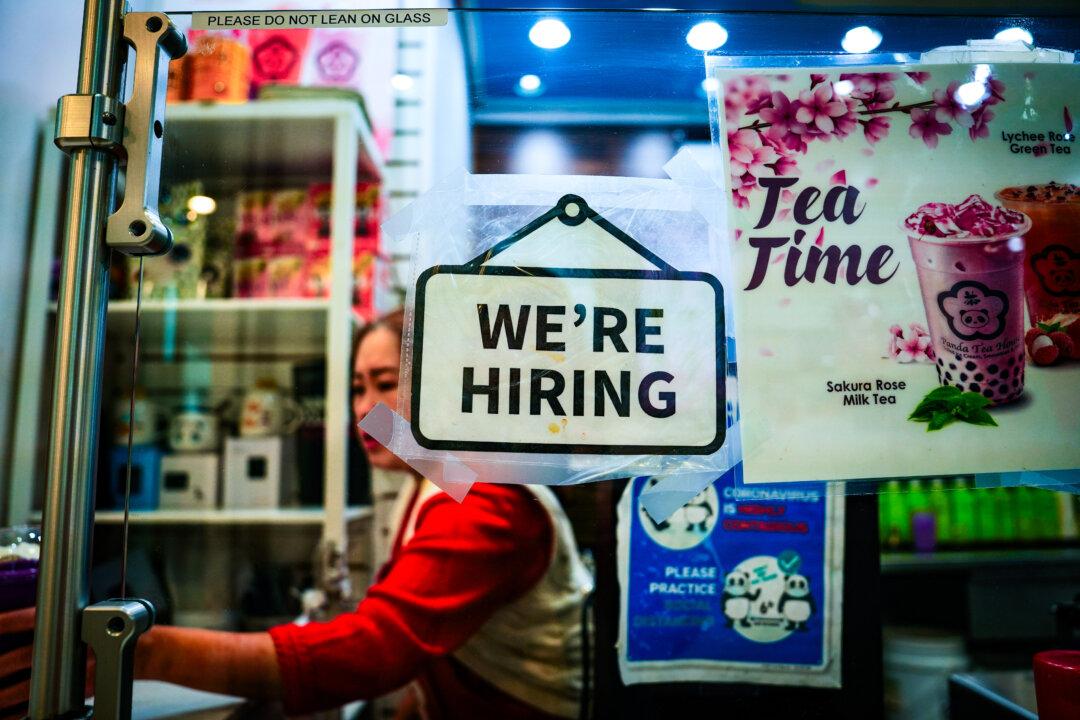The Federal Reserve’s preferred inflation measurement has risen, leading to broader concerns that progress in the fight against inflation has stalled or that another wave of price pressures could happen.
In February, the personal consumption expenditures (PCE) price index rose to 2.5 percent, up from 2.4 percent in January, according to the Bureau of Economic Analysis (BEA). This was in line with market expectations. On a monthly basis, the PCE jumped by 0.3 percent, down from an upwardly revised 0.4 percent.





